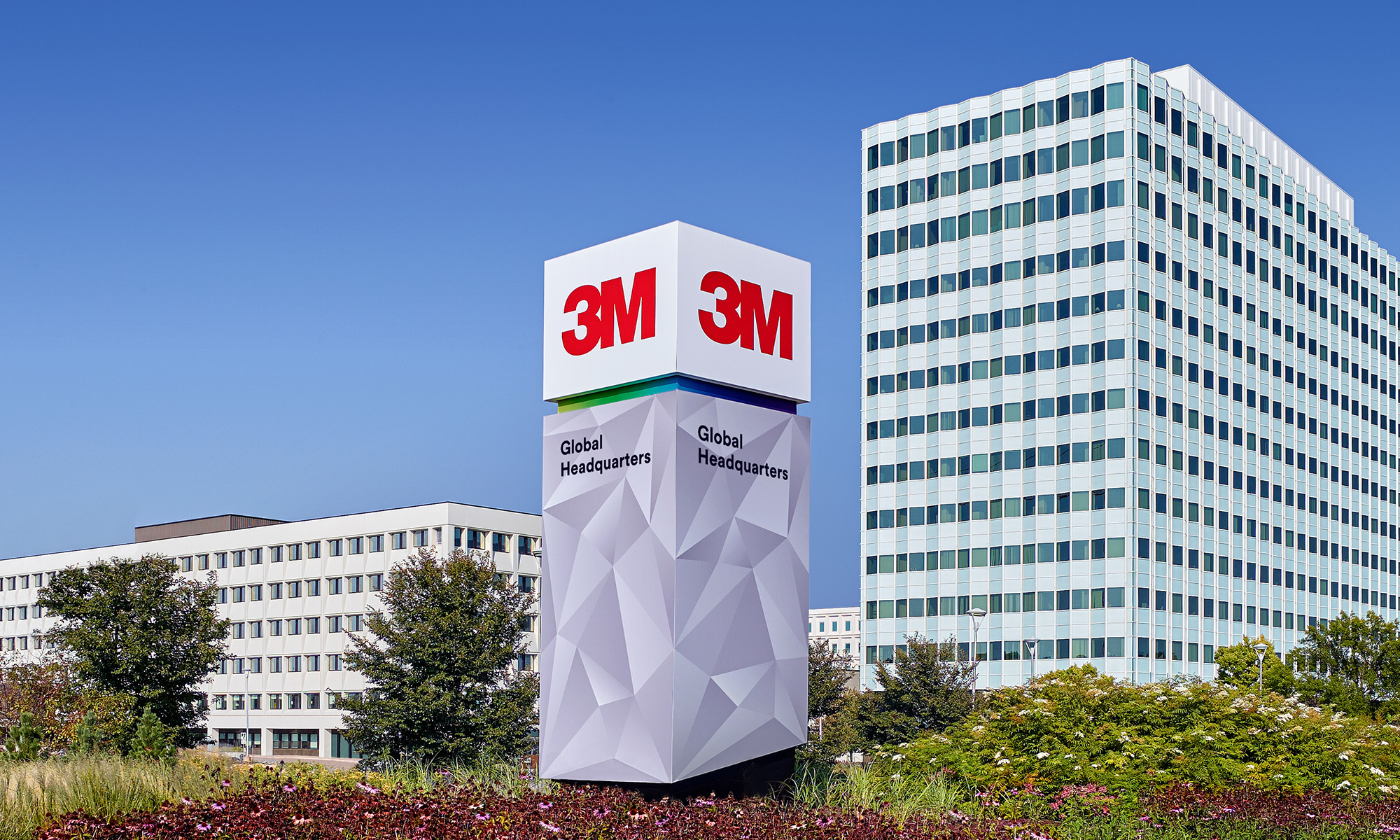I have liked 3M (NYSE: MMM) for years and am reluctant to sell as management delivers on promises regarding innovation, mergers and acquisitions, and operating efficiency improvements. I do have concerns that valuations in the industrial conglomerate sector have gotten quite steep, though. Yet, 3M continues to operate well relative to both its internal targets and its peers.
A good Q2 report
3M's second-quarter results were pretty much as expected, with organic revenue growth of 4.8% -- from a 3.5% volume improvement and 1.3% in positive pricing. Electronics and energy was the best segment this quarter, with over 6% organic growth driven by double-digit growth in electronics (largely display). Health care organic sales rose about 5%, while industrial and safety were up just under 5%. Consumer was the laggard, but its better-than-4% organic growth was better than most of 3M's peers managed in the quarter.
Gross margin improved almost half a point and operating income rose 9%. 3M saw 0.80% improvement in operating margin, marking its third straight quarter of expansion. Segment margin improvement was less impressive (up 0.30%), though, and driven primarily by the long-awaited improvements in electronics and energy.
More than just keeping up with the Joneses
This was a strong relative performance for 3M. Within the peer group, only General Electric had a better organic revenue performance (up 7%), with Ingersoll Rand up 4%,and Honeywell (HON 2.41%), United Technologies, Dover (DOV 1.54%), and Danaher (DHR 1.16%) each up 3%.
3M saw its auto OEM sales grow well above the underlying production growth rate for the auto industry and outperformed Honeywell in this market. Purification was up by double digits, a strong result relative to both Danaher and General Electric's. Roofing granules was one of the weaker areas for 3M this quarter and, not unlike Honeywell with its various non-residential building operations, 3M is waiting for a real turnaround in non-residential construction.
Health care was also an area of growth for 3M, particularly with strength in health care information systems, infection prevention, and critical and chronic care products. Respectable results from health care emerged as a theme from the entire sector this quarter, but the health care businesses of GE, Danaher, and 3M are so different that I would say that the positive results are due more to good individual company management decisions.
A low-risk M&A transaction with more to come?
About a week before the earnings announcement, 3M announced that it had reached an agreement to acquire Sumitomo's 25% minority stake in the Sumitomo-3M joint venture. 3M is paying just under $900 million for a business that accounts for about 80% of its Japan operations' sales, and at the price paid it should be an immediately accretive deal. What's more, it's a very low-risk deal as 3M already knows and controls this business by virtue of its existing 75% ownership stake and its basic similarity to 3M's underlying operations.
I do continue to expect more M&A activity from 3M given management's comments during its last analyst day event regarding a $10 billion M&A target through 2017, but investors may be disappointed in the pace of deal flow. Danaher, Dover, Parker Hannifin, and others have all expressed a desire to do deals, but they have held off due to high premiums in the market today (which itself is in part a product of low interest rates and extensive private equity activity.)
Given the deal parameters that 3M management has laid out ($5 billion-$10 billion through 2017), and current multiples, I'd be surprised if 3M added an entirely new business platform. However, there is ample scope to add to areas like energy (where the company has low exposure relative to Honeywell, GE, or Dover), health care, or industrial. Product ID and water treatment would seem like a promising areas for expansion, though Danaher and Dover are already well placed in the former.
The bottom line
3M management is basically doing exactly what it pledged to do, and I think the company is shedding its image as a sleepy conglomerate that produces high ROICs but low growth. Even if 3M can boost annual free cash flow growth in the mid- to high-single digits, though, it's hard to reconcile with today's valuation. On a relative basis, 3M's valuation isn't unreasonable, but I'd be careful about making large, new purchases at ties price.









